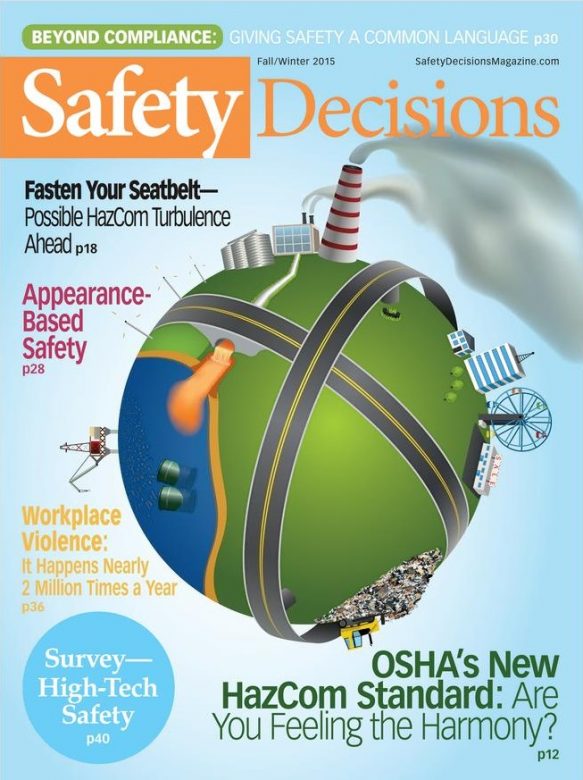New training programs often come with their own terminology, and it can sometimes feel like learning a foreign language. That was certainly the case with the Globally Harmonized System of Classification and Labelling of Chemicals (GHS). The system was introduced to instill a consistency and ensure every user understands the system no matter where their dealings are. The message was clear: a common safety language needs to be developed in order for the system to work.
As Ray Prest explains in his recent article in the Fall/Winter 2015 issue of Safety Decisions Magazine, there are some big lessons that safety professionals can learn from GHS. Even though the new labeling rules apply only to chemicals, they demonstrate how important it is to develop a common safety language.
As Ray notes, one way to help employees is to give them a common language: “A safety language is a collection of words, terms, and phrases that can be used and understood by everyone to articulate either a potential hazard or a desirable behavior. In short, it’s a common understanding.” By providing a widely accepted definition to common safety hazards and practices, it’s possible to get employees on the same page as you when it comes to safety expectations.
GHS was a long time in the making. This article describes the benefits of GHS and how developing a common language within your company’s safety program will help with the human factor and buy-in from employees. To read the full article, Giving Safety a Common Language, click here.

